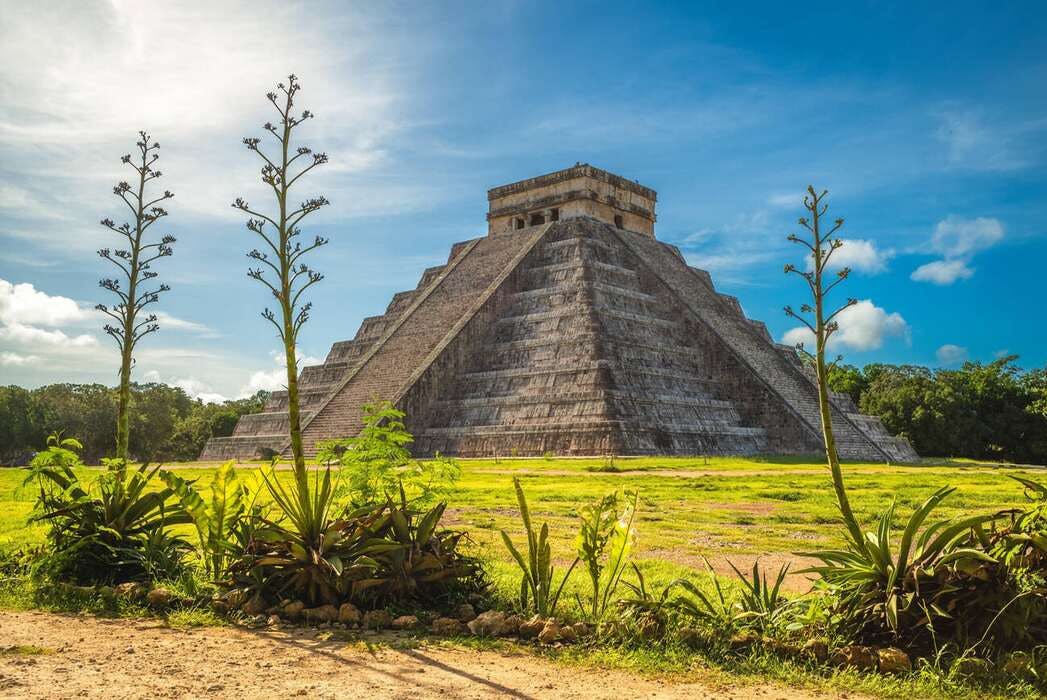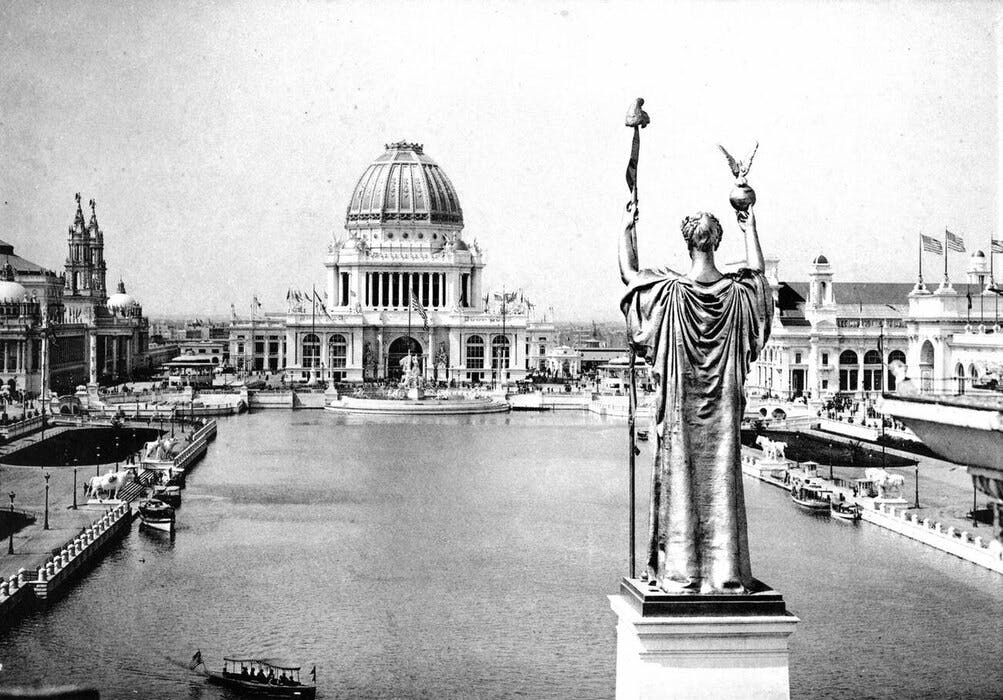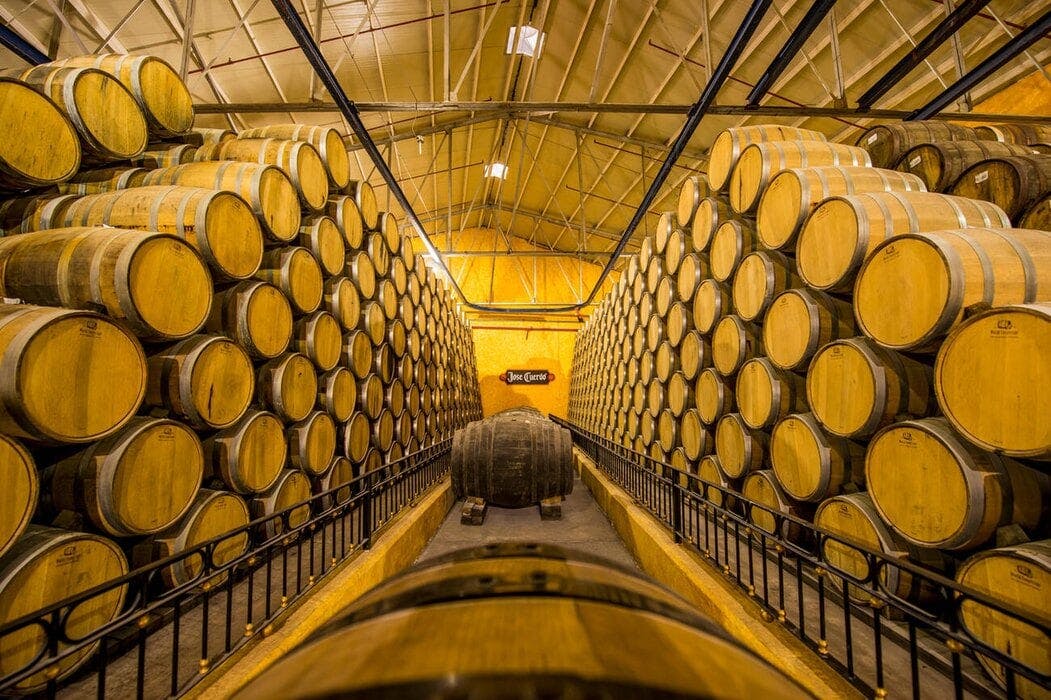
Long before the colonial era, the indigenous peoples of Mexico’s central plateau, notably the Aztecs, were already consuming a fermented beverage made from agave: pulque. Drunk during rituals, pulque was also reserved for priests, the elite, and the elderly. However, distillation was still unknown on the continent.
The arrival of the Spanish conquistadors in the 16th century marked a decisive turning point. Running out of brandy, they adapted European distillation techniques to local resources, giving rise to mezcal, the direct ancestor of tequila. The term “mezcal” comes from the Nahuatl word “mexcalli,” meaning “oven-cooked agave.” At the time, several varieties of agave were used to produce this traditional spirit.
From Nueva España to the birth of tequila
It was in the region of Jalisco that the Agave Tequilana Weber Azul became established as the plant of choice for tequila production. By the late 17th century, local families were already refining distillation, especially in the valleys around the city of Tequila. In 1600, Don Pedro Sánchez de Tagle founded the first major distillery, marking the beginning of a more structured production.
Under the Spanish Viceroyalty, the production of agave spirits became regulated. In 1758, the Cuervo family received a royal concession to produce tequila, laying the groundwork for one of the spirit’s most iconic brands. Around the same period, Don Cenobio Sauza contributed to improving production techniques and popularizing tequila both in Mexico and the United States.
The 19th century: tequila vs. mezcal
Until the 19th century, the term “mezcal” still referred to all spirits distilled from agave. However, tequila began to stand out thanks to its unique production process, its geographical origin, and the exclusive use of blue agave. With improvements in stills and the expansion of the railroad, tequila became a major export product, especially to the United States at the start of the 20th century.
In 1893, tequila was showcased at the World’s Fair in Chicago, further strengthening its international reputation. With the outbreak of the Mexican Revolution (1910–1920), tequila emerged as a patriotic symbol, closely tied to Mexico’s national identity.

The 20th century : worldwide recognition
In 1974, the Mexican government established the Appellation of Origin (AOC) for tequila, restricting its production to five states: Jalisco, Nayarit, Guanajuato, Michoacán, and Tamaulipas. This legal protection regulates its production and ensures its authenticity. Mezcal, in turn, received its own AOC in 1994, twenty years after tequila.
Since the 1990s, tequila has experienced tremendous global growth, driven by the rise of premium and craft bottlings that highlight traditional methods. In 2022, production even doubled in just two years, reflecting remarkable enthusiasm for the spirit.
The agave spirits revival
Long consumed locally, tequila and mezcal have established themselves internationally over the past few decades. The rise of premium tequilas and the growing interest in craft mezcal have allowed these spirits to secure a spot in cocktail bars and among enthusiasts around the world.

Today, more and more distilleries and brands are embracing sustainable production practices. Some mezcal producers are also working to preserve wild agave varieties, which are threatened by intensive harvesting.
TO DISCOVER TEQUILA FURTHER
La Maison du Whisky has three boutiques in Paris:
In each of these boutiques, you'll find a wide selection of whiskies, rums, sakes, and other fine spirits.
Follow our tasting calendar for upcoming events, or visit the Golden Promise Whisky Bar, which offers an extensive selection of whiskies and other spirits by the glass.